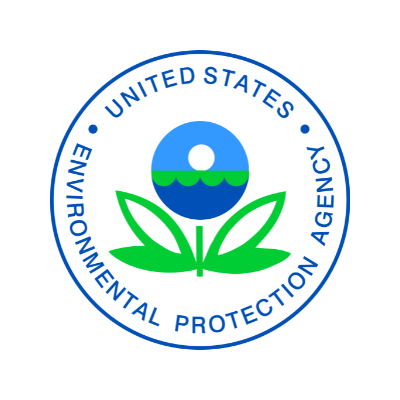EPA Announces New, Earlier Protections for People from Pesticide Spray Drift | US EPA
- Bias Rating
68% Medium Conservative
- Reliability
30% ReliableAverage
- Policy Leaning
68% Medium Conservative
- Politician Portrayal
N/A
Continue For Free
Create your free account to see the in-depth bias analytics and more.
Continue
Continue
By creating an account, you agree to our Terms and Privacy Policy, and subscribe to email updates. Already a member: Log inBias Score Analysis
The A.I. bias rating includes policy and politician portrayal leanings based on the author’s tone found in the article using machine learning. Bias scores are on a scale of -100% to 100% with higher negative scores being more liberal and higher positive scores being more conservative, and 0% being neutral.
Sentiments
33% Positive
- Liberal
- Conservative
| Sentence | Sentiment | Bias |
|---|---|---|
Unlock this feature by upgrading to the Pro plan. | ||
Reliability Score Analysis
Policy Leaning Analysis
Politician Portrayal Analysis
Bias Meter
Extremely
Liberal
Very
Liberal
Moderately
Liberal
Somewhat Liberal
Center
Somewhat Conservative
Moderately
Conservative
Very
Conservative
Extremely
Conservative
-100%
Liberal
100%
Conservative

Contributing sentiments towards policy:
52% : As part of this action, going forward EPA will now include a chemical specific human health spray drift analysis for: To read more about how the agency will implement this change, see the document entitled Implementing Chemical Specific Human Health Spray Drift Analysis into Pesticide Registration Actions, July 2024.48% : EPA will now assess the potential for people to be exposed to a pesticide when it drifts away from where it is applied earlier in the agency's review process.
48% : EPA will use chemical specific human health spray drift analyses to determine specific label instructions to protect against and reduce the occurrence of spray drift, such as droplet sizes and buffer distances, for each pesticide and use.
44% : " Historically, EPA has only conducted a chemical specific assessment of the potential for people to be exposed to pesticide 'spray drift' during registration review, which happen every 15 years after a pesticide is approved to ensure that it can carry out its intended functions without creating unreasonable adverse effects to human health and the environment.
42% : By assessing the amount of a pesticide that drifts beyond its intended target, EPA can identify measures that will protect people from unintended pesticide exposure.
38% : This change is also consistent with the agency's commitment to address environmental justice concerns from pesticide use in and around farm communities and to comply with the Endangered Species Act, where EPA is working to improve how it evaluates risk to and protects endangered species.
36% : Additionally, if EPA identifies spray drift risks for people living or working nearby or non-target species, the agency will protect against those risks.
*Our bias meter rating uses data science including sentiment analysis, machine learning and our proprietary algorithm for determining biases in news articles. Bias scores are on a scale of -100% to 100% with higher negative scores being more liberal and higher positive scores being more conservative, and 0% being neutral. The rating is an independent analysis and is not affiliated nor sponsored by the news source or any other organization.






















 US EPA
US EPA